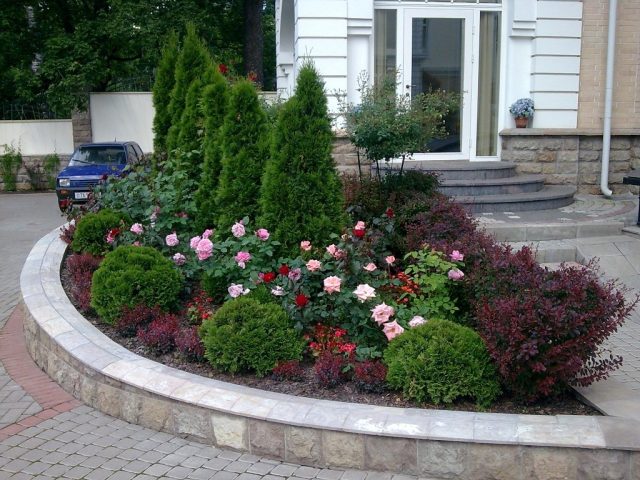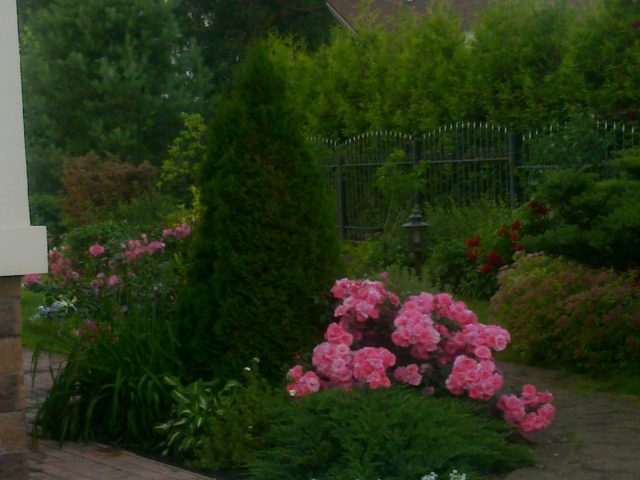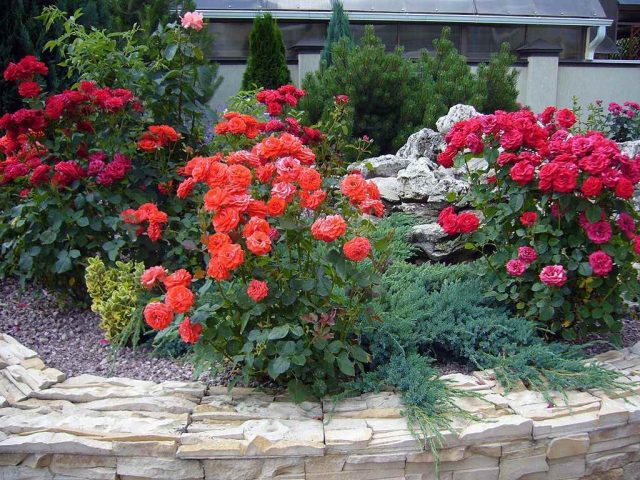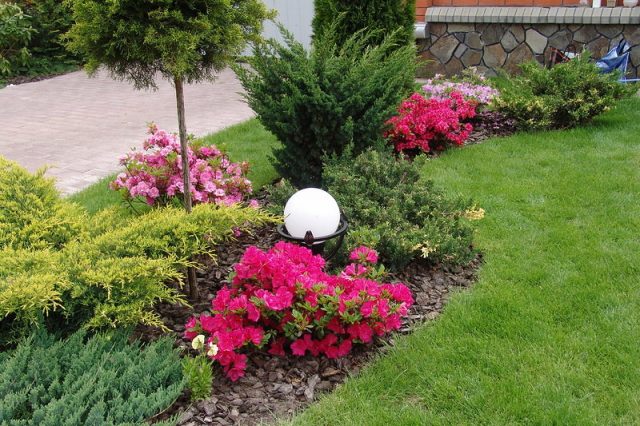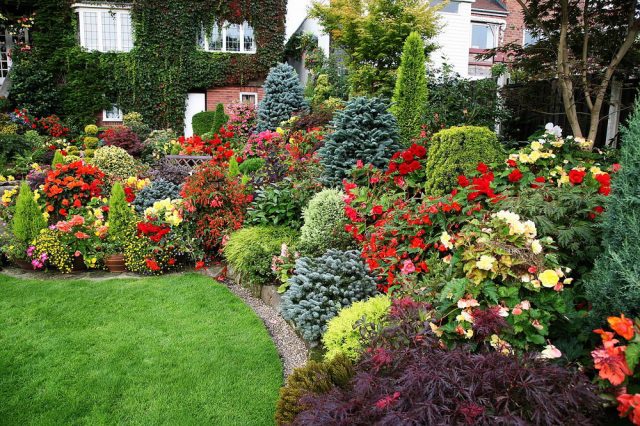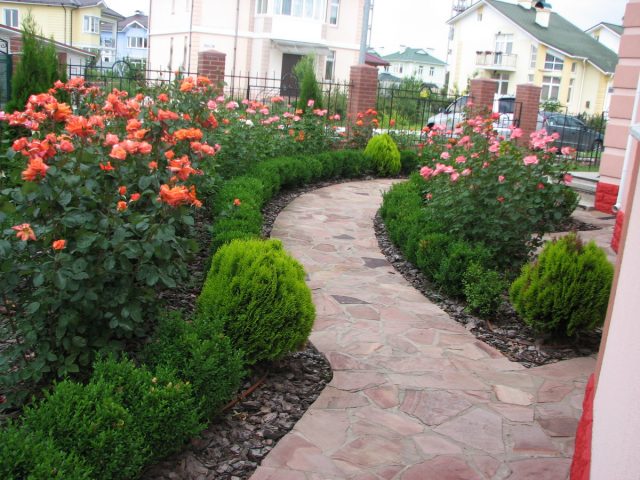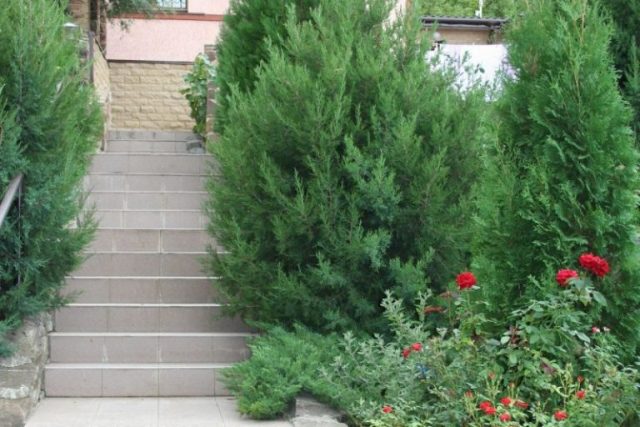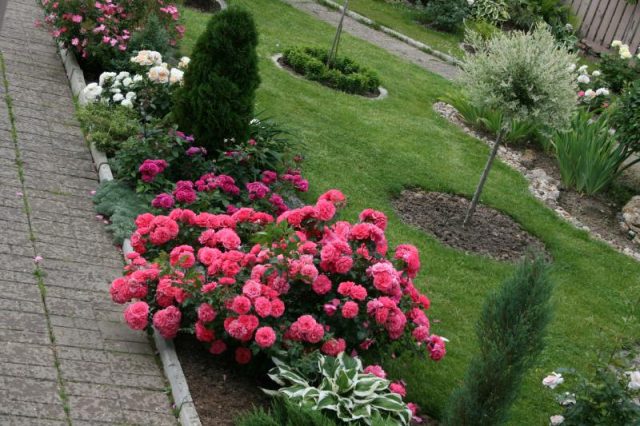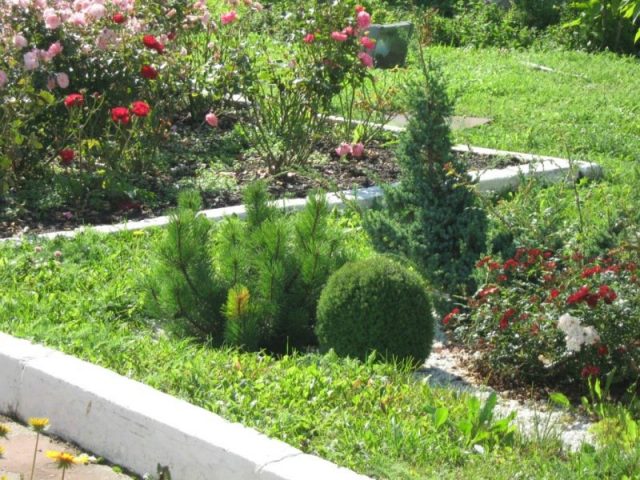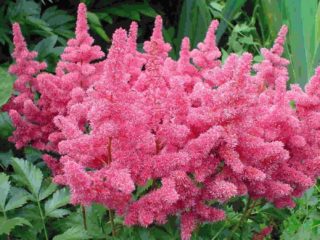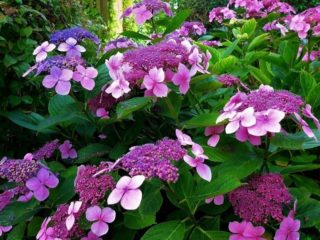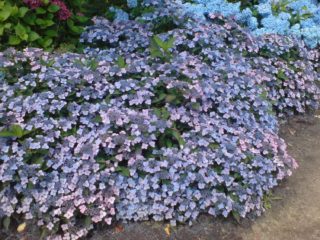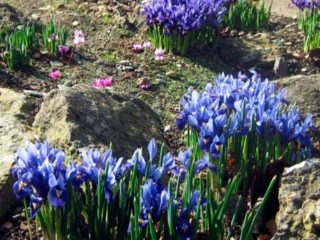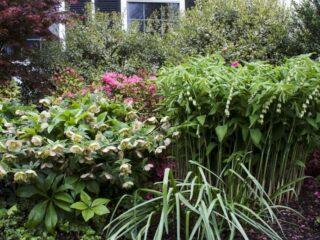Content
Beds with conifers and roses are decorative landscape compositions widely used to decorate gardens and parks. On personal plots, undersized species and varieties are more popular, the care of which is simple.
Roses and conifers in landscape design
The love of gardeners for roses and conifers has a long history. The beauty of rose bushes needs no advertising. Most varieties bloom throughout the warm season, and the variety of shades allows you to select compositional solutions for every taste. Conifers, in turn, organically complement decorative landscape compositions, attracting with their valuable qualities:
- unpretentiousness to climatic and soil conditions;
- the ability to give shade and absorb dust in a dense canopy;
- heal the surrounding air with valuable aromatic substances that repel many pests.
The crowns of short and tall conifers are perfectly combined with masonry walls, natural and artificial reservoirs, small groups of trees and shrubs. With their help, they not only decorate the existing flower beds, but also outline the boundaries of paths, create hedges and other compositions.
The combination of conifers with roses
It is good to plant rose bushes and conifers together in the same flower bed, not only because both are perennials. This is an excellent combination from the point of view of the same plant preferences for the composition of the soil. Even in a very limited space, you can achieve an impressive result, because roses and conifers can feel great in tubs.
The most popular types of conifers for creating such compositions are:
- Juniper... Low-growing and dwarf varieties from 10 to 70 cm in height are ideal for framing flower beds. Among them: Blue Star, Blue Carept, Echeniformis.
- Thuja... Its most valuable advantage is its good susceptibility to formative pruning. Tuyu is easy to turn into a ball or cube The best varieties: Hoseri, Danica.
- Fir... Dwarf varieties look amazing on flower beds, for example, Brilliant, Oberon, Silberlok. An adult plant stretches only half a meter in height in 10 years.
- Dwarf pine... In landscape decorative compositions, the varieties Pug, Pumilio, Mugus are popular. An important advantage of this species is its strong, pleasant aroma, which is wonderfully combined with the scent of roses.
- Blue spruce... Usually this tree reaches a very impressive height, but breeders have bred the cutest dwarf varieties: Lucky Strike, Montgomery, Glauka Globoza.
- Yew... The red bark and pale green crown is a real color explosion, especially next to roses. Scarlet berries look unusually picturesque.
Rules for creating compositions of their conifers and roses
When designing an individual composition, it is worth taking as a basis time-tested solutions that are admired for their beauty. A source of ideas can be photos of conifers with roses in landscape design. A flower bed in which both types of plants are simultaneously present can be composed according to the following principles:
- Compact - the most popular, usually located near a fence or facade.Ephedra are placed in rows or circles, while their sizes are selected in increasing order - from the edges to the center. The lowest-growing crops, for example, juniper, are planted at the edges. The middle row is filled with dwarf trees, for example, pines. The center of the composition is given to the ephedra, whose crown can be formed, for example, thuja. Roses fill the gaps.
- Bunk - it is created from conifers of the same species, but of different varieties, including in height. For example, the outer tier of a flower bed is formed from dwarf fir, and the inner layer is formed from ordinary. Roses between the tiers will create additional contrast with their flowers and leaves.
- Curly - the most picturesque. For her, plants of different heights are selected, planting them side by side, without forming strict lines. On the contrary, the greater the variation in height between adjacent trees and bushes, the better. Places next to the largest species are assigned to roses and various ground cover crops, for example, mosses and lichens.
By itself, the idea of creating a flower bed with conifers and roses should not be implemented spontaneously. Usually, this work consists of standard steps to increase the chances of success:
- A drawing or diagram of a future composition is drawn, which indicates the location of each plant and the distance between all participants on a scale.
- The perimeter of the flower bed is filled with the selected material: bricks, borders, curbs, large rubble, etc.
- They mark the planting sites of all bushes and trees and dig holes of appropriate sizes for them. A small layer of drainage from sand or small pebbles must be poured onto the bottom.
- Roses and conifers are planted, the pits are filled with nutritious soil. The near-stem circles are mulched with pine needles.
Caring for a garden with conifers and roses
The most unpleasant thing that can await a gardener who lovingly planted perennial conifers and expects an excellent result is yellowing of the needles, which should delight the eye with a juicy green or smoky blue tint. To avoid the burning of needles on trees and bushes, which occurs in the spring, when the soil is still frozen, but the sun is already very bright, protective screens are installed in front of young seedlings. But it is better to carry out intensive watering in the fall just before the frosts. Another cause of unwanted yellowing is snow-free winters, when the ground freezes to a greater depth than usual.
During the whole warm season, conifer seedlings are rarely watered - 2-3 times a month, but very abundantly, adding up to 15 liters of water under each. Planting trees and bushes in flower beds are fed with vermicompost or compost, adding 5 kg of it per square meter. The emphasis is on potassium and phosphorus, but not nitrogen. Sometimes yellowness appears due to a lack of magnesium, which is worth adding in preventive measures.
Another mandatory measure for the care of all types of conifers in flower beds is regular formative pruning. How much to cut depends on the type and variety, therefore, it is necessary to check with the supplier of the planting material. Caring for conifers is simple, requires only a few hours a month, and the result is truly amazing.
Roses react badly to dominance weeds, therefore, the open ground around them is often strewn with fine gravel or gravel to save their own strength. Reception is also good because it will not allow the soil under the bushes to dry out too quickly on hot days. Conifers respond favorably to such a neighborhood.
Delicate shoots of roses are susceptible to the invasion of aphids and other pests. Insects can also damage the young needles of neighboring bushes and trees.
The roses are pruned in the spring. Shoots frozen over the winter are removed and, in general, shorten the crown by a third, and the tallest varieties by half. Top dressing of roses in flower beds is needed every month.In the first year, organic matter is introduced, and in the future, you can limit yourself to spring and autumn applications of complex mineral fertilizers.
Watering roses is needed more than conifers. If trees and bushes with lush needles can be watered only a few times a month, then water is poured under the roses when the soil dries up. The preferred time is morning or late evening, so as not to harm or burn the delicate petals. Showers are arranged only in arid regions, and where it is cool in the mornings and evenings, only root watering is practiced.
Photo of roses and conifers in landscape design
As picturesque samples for creating your own masterpieces on your personal plot, you can use the following photos of a combination of roses with conifers in flower beds performed by professional landscape designers.
Conclusion
The beds with conifers and roses are the pride of the gardener, who has chosen the time-tested elegant and eye-catching combination of plants. For many years, a well-chosen composition of trees and shrubs will only become more beautiful.

